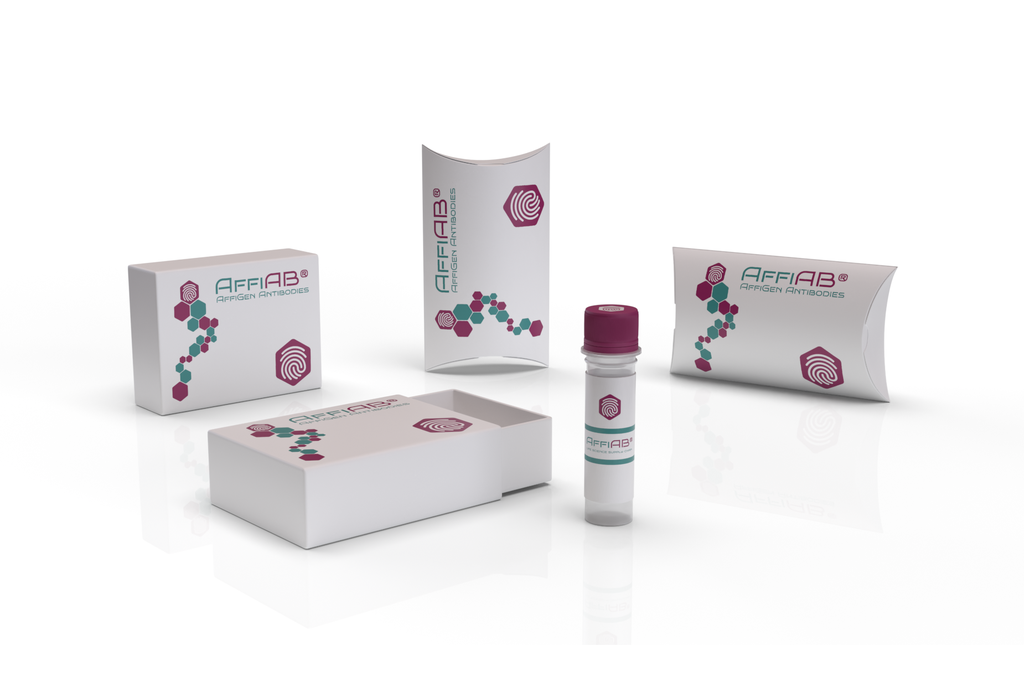AffiAB® Anti-ZHX2 Antibody
Zinc fingers and homeoboxes protein 2 is a protein that in humans is encoded by the ZHX2 gene. The members of the zinc fingers and homeoboxes gene family are nuclear homodimeric transcriptional repressors that interact with the A subunit of nuclear factor-Y (NF-YA) and contain two C2H2-type zinc fingers and five homeobox DNA-binding domains. This gene encodes member 2 of this gene family. In addition to forming homodimers, this protein heterodimerizes with member 1 of the zinc fingers and homeoboxes family. Represses the promoter activity of the CDC25C gene stimulated by NFYA. May play a role in retinal development where it regulates the composition of bipolar cell populations, by promoting differentiation of bipolar OFF-type cells (By similarity) . In the brain, may promote maintenance and suppress differentiation of neural progenitor cells in the developing cortex (By similarity) .
Antibody type
Rabbit polyclonal Antibody
Uniprot ID
SwissProt: Q9Y6X8 Human
Recombinant
NO
Conjugation
Non-conjugated
Host
Rabbit
Isotype
IgG
Clone
N/A
KO/KD
N/A
Species reactivity
Human
Tested applications
WB, IHC-P
Predicted species reactivity
N/A
Immunogen
Recombinant protein within Human ZHX2 aa 538-733 / 837.
Storage
Store at +4°C after thawing. Aliquot store at -20°C. Avoid repeated freeze / thaw cycles.
Form
Liquid
Storage buffer
1*PBS (pH7.4) , 0.2% BSA, 50% Glycerol. Preservative: 0.05% Sodium Azide.
Concentration
1 mg/mL.
Purity
Immunogen affinity purified.
Signal pathway
N/A
Recommended dilutions
WB:1:500-1:2, 000
; IHC-P:1:50-1:200
Molecular Weight
92 kDa
Subcellular location
Nucleus.
Positive control
Daudi cell lysates, human esophagus tissue, mouse kidney tissue, Siha.
